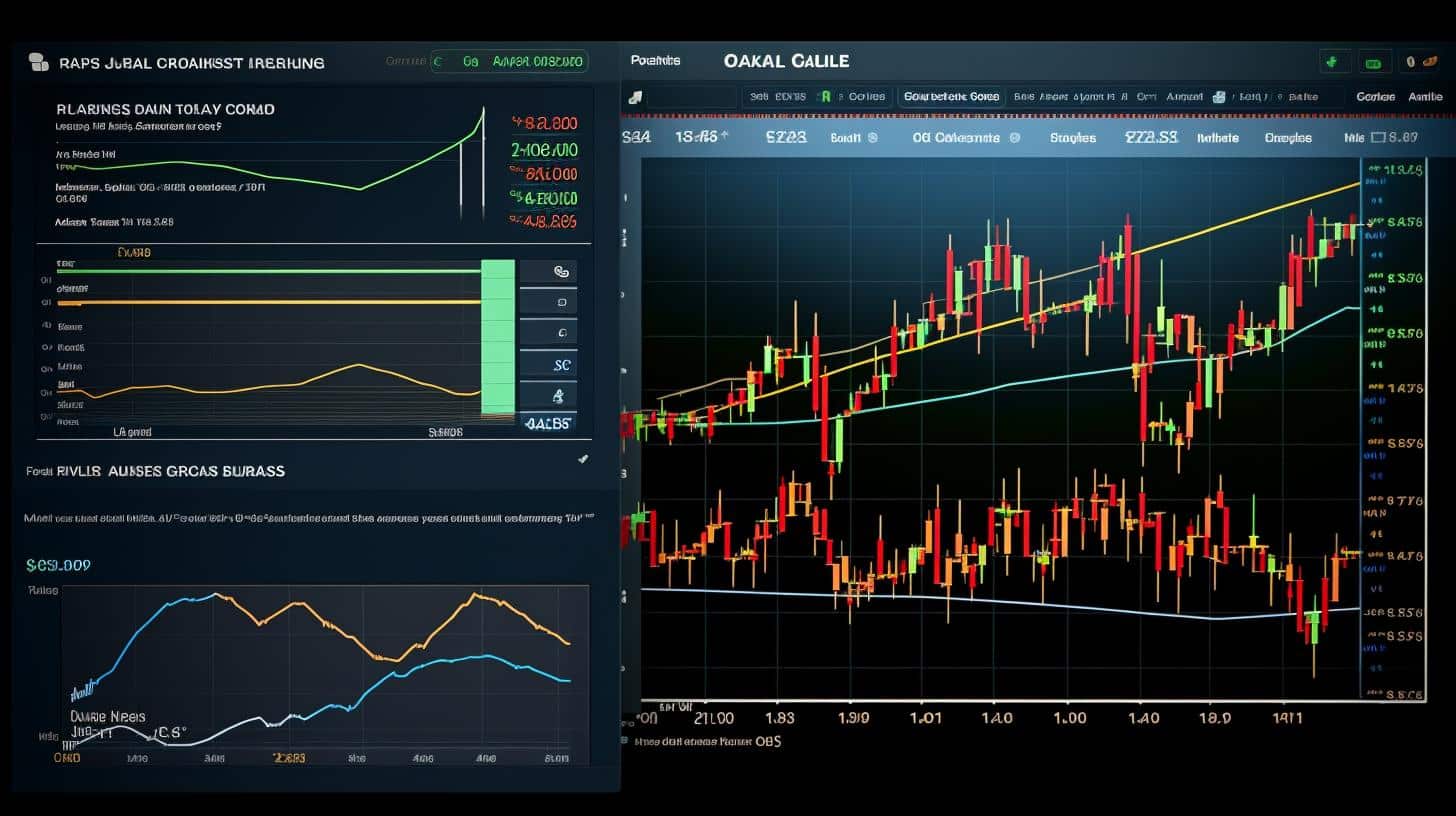Treasury Yields Approach the 'Danger Zone' as Analysts Forecast a Spike to 5%
In a dramatic shift that has gripped the financial markets, yields on the 10-year Treasury note have surged to an astonishing 4.70% this month, marking the highest level since the early days of November 2023. This uptick comes amid a confluence of factors: rising inflation, a surprisingly sturdy economy, and evolving expectations regarding Federal Reserve rate cuts. The situation has grown more precarious following remarks from Fed Chair Jerome Powell, who has voiced concerns that the latest economic indicators fail to assure a swift return to the Fed's 2% inflation target.
The repercussions of these developments are evident in the performance of Treasury-related instruments. The US Treasury 10 Year Note ETF has seen a decline of 2.9% in April alone, its steepest drop since September 2023. Moreover, the iShares 20+ Year Treasury Bond ETF has plummeted by 5.6%, underscoring the mounting anxieties among investors.
Analysts Rethink Fed’s Next Moves: Vanguard Issues Warnings When Yields Hit 5%
As the market grapples with these abrupt changes, the consensus regarding the Fed's forthcoming policy actions has been thrown into disarray. Analysts who had previously downplayed the likelihood of such drastic yield increases are now sounding the alarm. Ales Koutny, Vanguard's head of international rates, did not mince words, stating, “We are in a danger zone right now.” He warned that crossing the 4.75% yield threshold could unleash a significant sell-off, potentially propelling rates to 5% or even higher.
This pivot away from optimism has been sparked, in part, by the resilience of recent U.S. economic data, which has quashed earlier hopes for a swift pivot in Federal Reserve policies. Koutny pointed out the persistence of "residual long positions" in the market, hinting at the volatility that a disorderly unwind could provoke.
Despite these challenges, the allure of high yields has not been entirely diminished. A notable shift in investor positioning towards Treasuries has been observed, signifying the first net long stance since March. This renewed interest was highlighted by a successful 20-year Treasury auction, which concluded with yields slightly below expectations, a subtle nod to the market's underlying confidence in Treasury securities, despite the prevailing winds of uncertainty.
In summary, as Treasury yields teeter on the brink of the "danger zone," the financial world watches with bated breath, keenly aware that the actions of the Federal Reserve in the coming months could have far-reaching implications for the stability of global markets.
Analyst comment
Negative news. The surge in Treasury yields to 4.70% and the potential spike to 5% is causing anxieties among investors and leading to declines in Treasury-related instruments. Analysts are warning of a significant sell-off if yields exceed the 4.75% threshold. The resilience of US economic data has disrupted earlier hopes for a quick shift in Fed policies. However, there is still some investor interest in Treasuries, as seen in the successful 20-year Treasury auction. The market is anticipating the Federal Reserve’s next moves and the potential impact on global market stability.













